Vitamin D is probably one of the most important vitamins that you aren’t giving enough attention to.
A deficiency in vitamin D not only increases your risk of some unwanted symptoms like depression, muscle weakness, and fatigue…
It also is associated with much more serious conditions like diabetes (1), obesity (2), and cancer (3).
These are just the general health problems associated with vitamin D deficiency.
If we are talking about the impact that this important vitamin/hormone has on your thyroid then we need to add the following to the list:
- An increased risk of autoimmune thyroid disease (including both Graves’ and Hashimoto’s
- And increased risk of developing thyroid cancer
Worrying about these complications isn’t going to be a problem for you, though, because I’m going to share how to increase your vitamin D QUICKLY so you can prevent these problems from ever occurring.
Here are 3 different methods that thyroid patients can use to improve their vitamin D status right away:
DOWNLOAD FREE RESOURCES
Foods to Avoid if you Have Thyroid Problems:
I’ve found that these 10 foods cause the most problems for thyroid patients. Learn which foods you should avoid if you have thyroid disease of any type.
The Complete List of Thyroid Lab tests:
The list includes optimal ranges, normal ranges, and the complete list of tests you need to diagnose and manage thyroid disease correctly!
#1. The sunlight method:
This is by far the best and most natural method on the list so you should always try to start here if possible.
This method harnesses the power of the sun and ultraviolet light which are required for the activation of vitamin D in your skin.
Here’s how it works:
During exposure to sunlight, your skin absorbs UVB radiation and creates pre-vitamin D3.
Pre-vitamin D3 is then further activated by your liver and kidneys which turn it into 25 hydroxyvitamin D and finally 1, 25 dihydroxyvitamin D (4).
The rate-limiting step here is almost always sunlight exposure, NOT the activation in the liver or kidneys.
This is why you will always hear people talk about how important sunlight is when it comes to your vitamin D level.
When it comes to getting sunlight, there are only a few right ways to do it and a whole lot of wrong ways to do it.
If you don’t expose yourself long to the sun, or if you go at the wrong time of day, it won’t help.
So with that in mind, here are some guidelines to follow if you want to optimize your vitamin D level from sunlight alone:
- Make sure you are in the sun long enough. The length of time you are looking for here is about 10-20 minutes.
- Make sure the sun is in the right position. The easiest way to tell is by assessing your own shadow. If your shadow is shorter than your own height then you know that the sun is in an optimal position. If your shadow is longer than you, that means it’s either too early in the day or too late in the day.
- Make sure enough skin is exposed. You want at least 40% of your skin to be exposed for maximum converting power. For a man, this means just wearing shorts and for a woman, this means something like a swimsuit.
- Make sure you are NOT wearing any sunscreen! Sunscreen is a potent blocker of UVB radiation. SPF 50 sunblock will block about 98% of UVB rays (5) which will render your time out in the sun meaningless. Feel free to put sunscreen on your face if you need it, but make sure to avoid it elsewhere.
- Make sure you don’t spend time in the sun if it is overcast or if there are clouds outside. Clouds block around 70 to 90% of UVB rays which, again, means you won’t get the impact you are looking for.
- And finally, try to stay outside long enough to get a little pink but not enough to cause a sunburn.
Even though this is definitely the BEST way to get vitamin D, it doesn’t always work simply because of where you live.
Some locations around the globe, do not get enough sun or the sun they do get is at a bad angle due to their latitude.
For this reason, we have to talk about supplements.
#2. The supplement method:
If you can’t get your vitamin D solely from the sun, then supplements will be necessary.
And when it comes to supplements, there are a few things you need to know:
The first is the type of vitamin D:
This one is really simple, you should always be using vitamin D3 instead of vitamin D2.
There are more studies that have been done on vitamin D3 which show that it increases vitamin D levels in the serum more than D2 (6).
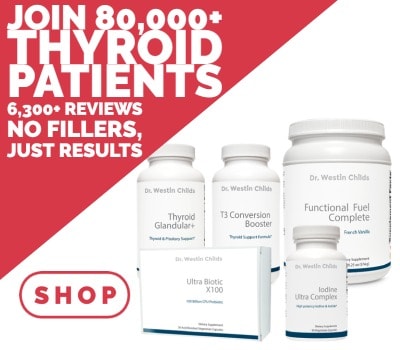
The second is the dose of vitamin D:
This one can get a little bit complicated because it depends on a number of factors including how much you weigh, your fat mass, absorption, and your starting level of vitamin D.
Ideally, you would test your vitamin D level FIRST and then take supplements and then monitor your vitamin D level as necessary to adjust your dose.
But, it’s not always possible to check your vitamin D level first, or it’s just impractical, or whatever, so supplementing without testing definitely makes sense for a lot of people.
Personally, I don’t bother to test my vitamin D level very often, I just try to get out in the sun and take a low dose of vitamin D periodically.
Based on my experience, a safe range to supplement with is around 2,000 to 5,000 IUs per day.
If are someone who is overweight then you may need doses as high as 10,000 IU per day.
This is because vitamin D can be stored in the fat and it just takes a higher level of vitamin D supplementation to raise serum vitamin D levels.
The RDA is set at around 600 to 800 IU but, in my opinion, most people are going to need a much higher dose than this.
And the third is additional nutrients you can take to enhance the effectiveness of vitamin D to make sure that it’s working properly after you take it.
Included in this list would be magnesium, and vitamins A and K2.
Magnesium is included because it is required for the activation of vitamin D and all of the enzymes that your body uses to metabolize vitamin D require magnesium as a cofactor.
And because of stress, magnesium deficiency is actually very common.
So if you are deficient in vitamin D, there’s a good chance you are also deficient in magnesium.
Vitamin A is another fat-soluble vitamin that works synergistically with vitamin D and they have a protective benefit on one another.
Taking Vitamin A with vitamin D protects against the toxicity of both.
And vitamin K2 is included because it helps with the proper utilization of calcium in your body which is one of the reasons to take vitamin D.
Vitamin K2 will make sure that the calcium that your body creates when you take vitamin D doesn’t stick around in your arteries and instead goes to the locations that you want it like your bones.
The combination of vitamin K2 and vitamin D is great for bone health and heart health.
And finally, if you want to make sure that your vitamin D supplement gets absorbed, you may want to take it with a fatty meal.
This is because vitamin D does NOT dissolve in water. So taking your vitamin D with breakfast or another fat will ensure that it makes it into your bloodstream where it can have its desired effect.
The third way to optimize your vitamin D status is probably the one that we should all use and that is:
#3. The combination method.
The combination method takes advantage of supplements and natural sunlight as well as your diet.
In general, foods aren’t the best source of vitamin D because it’s hard to get enough solely from food.
For example, the richest natural sources of vitamin D from foods include (7):
- Cod liver oil which has about 1,300 IU per serving
- Trout which has about 645 IU per serving
- And Salmon which has about 570 IU per serving
But when was the last time you had these foods on a consistent daily basis?
For perspective, you’d need one of them DAILY to reach the minimum RDA for vitamin D.
Vitamin D can also be found in other foods like eggs, but the vitamin D content is around 40 IUs per serving making it a weak source of vitamin D overall.
Despite food containing some vitamin D, sunlight and supplements are far more consistent sources so it’s best to get what you can from food but don’t neglect the other two.
Having said that, sunlight isn’t perfect either.
The reality is that due to a busy work life, social life, the time of the year, and other factors outside of our control, it’s really hard to spend 20 minutes each and every day out in the sun.
But what you can do, is take advantage of natural sunlight and foods that are high in vitamin D every chance that you get and make up the difference with supplements as necessary.
I personally try to get out into the sun at least 3 times per week and on the days that I can’t, I supplement with a vitamin ADK2 supplement.
This strategy works well for me and I think something similar has the potential to work well for you as well.
When you combine food, diet, and supplements together, you create a potent combination that should ensure your vitamin D level status is optimal all year round.
Improving your vitamin D status will have a big impact on your entire body including your mood, hormones, blood sugar, and more.
If you can apply these therapies for 30-60 days, you should see a big improvement in your vitamin D level and how you are feeling.
Final Thoughts
Optimizing your vitamin D status may not be sexy, but it’s still incredibly important for the health of your entire body and the health of your thyroid gland.
If after reading this article you still aren’t convinced of the importance of your vitamin D level then I would recommend checking out this article next.
It outlines some serious consequences that can occur if you ignore your vitamin D level which include conditions like increasing your risk of developing certain cancers, increasing your risk of weight gain, increasing your risk of developing autoimmune disease, and much more.
Given how easy it is to increase your vitamin D level and all of the benefits of doing so, it shouldn’t be ignored.
Now I want to hear from you:
Have you had your vitamin D level checked recently?
Were you aware of the importance of getting enough sunlight for the activation of vitamin D?
Or that other nutrients are involved in the activation of this important vitamin?
Are you planning on taking a vitamin D supplement or changing your routine to include more time in the sun?
Leave your questions or comments below!
Scientific References
#1. pubmed.ncbi.nlm.nih.gov/28341729/
#2. ncbi.nlm.nih.gov/pmc/articles/PMC6780345/
#3. ncbi.nlm.nih.gov/pmc/articles/PMC1470481/
#4. ncbi.nlm.nih.gov/pmc/articles/PMC3897598/
#5. ncbi.nlm.nih.gov/pmc/articles/PMC3460660/
#6. ncbi.nlm.nih.gov/pmc/articles/PMC3349454/
#7. ncbi.nlm.nih.gov/pmc/articles/PMC3349454/
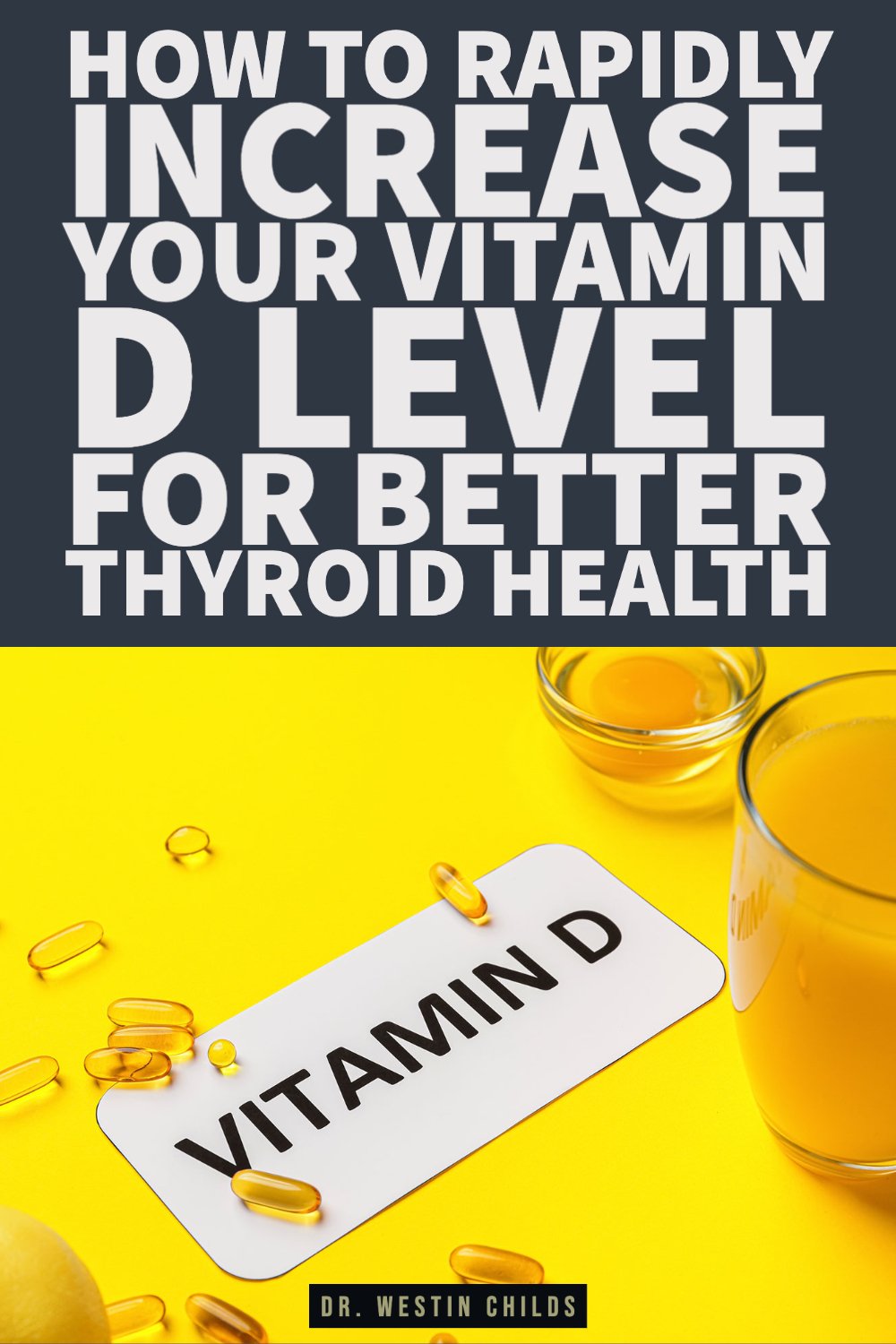
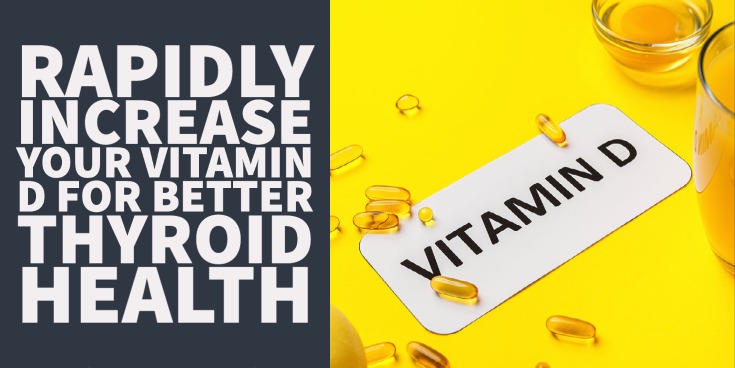

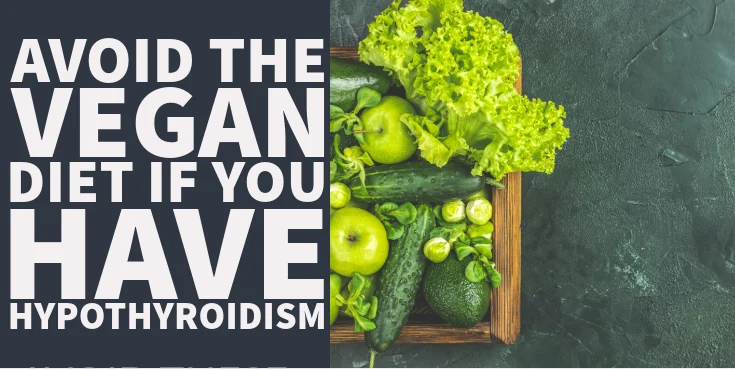
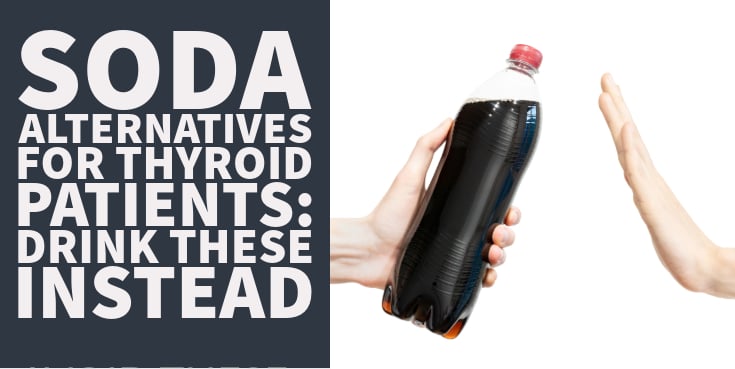
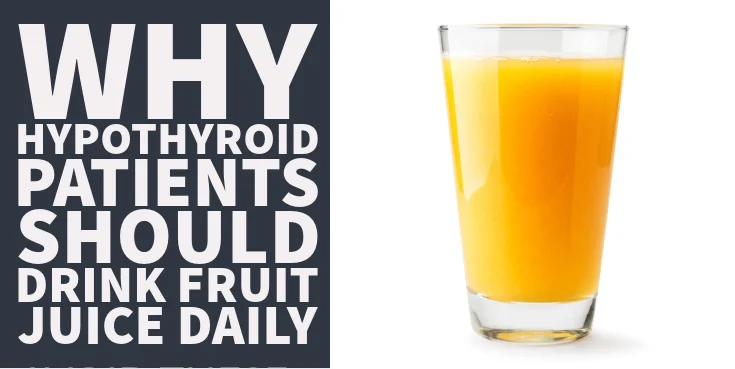
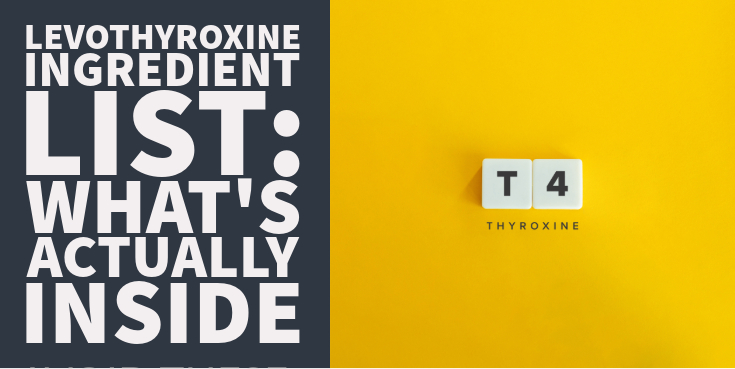
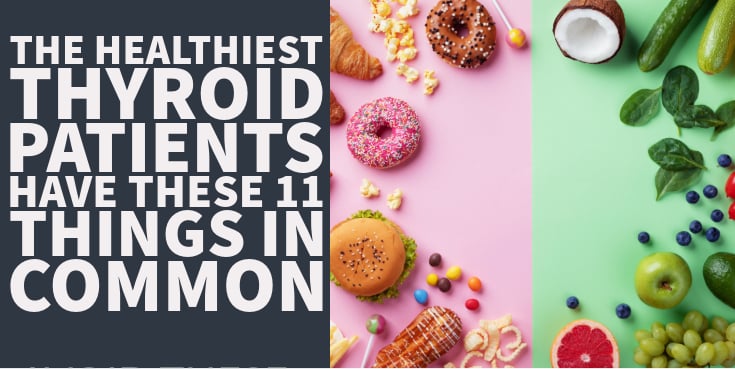


Dear Dr Westin
How do we take your vitD3 supplement if we take t4 & T3
Thanks
Dottie Rendine
Hi Dottie,
You would take it 30-60 minutes away from whenever you take your thyroid medication and, preferably, with a meal that contains some fat to improve absorption. It can be taken at any time of the day.